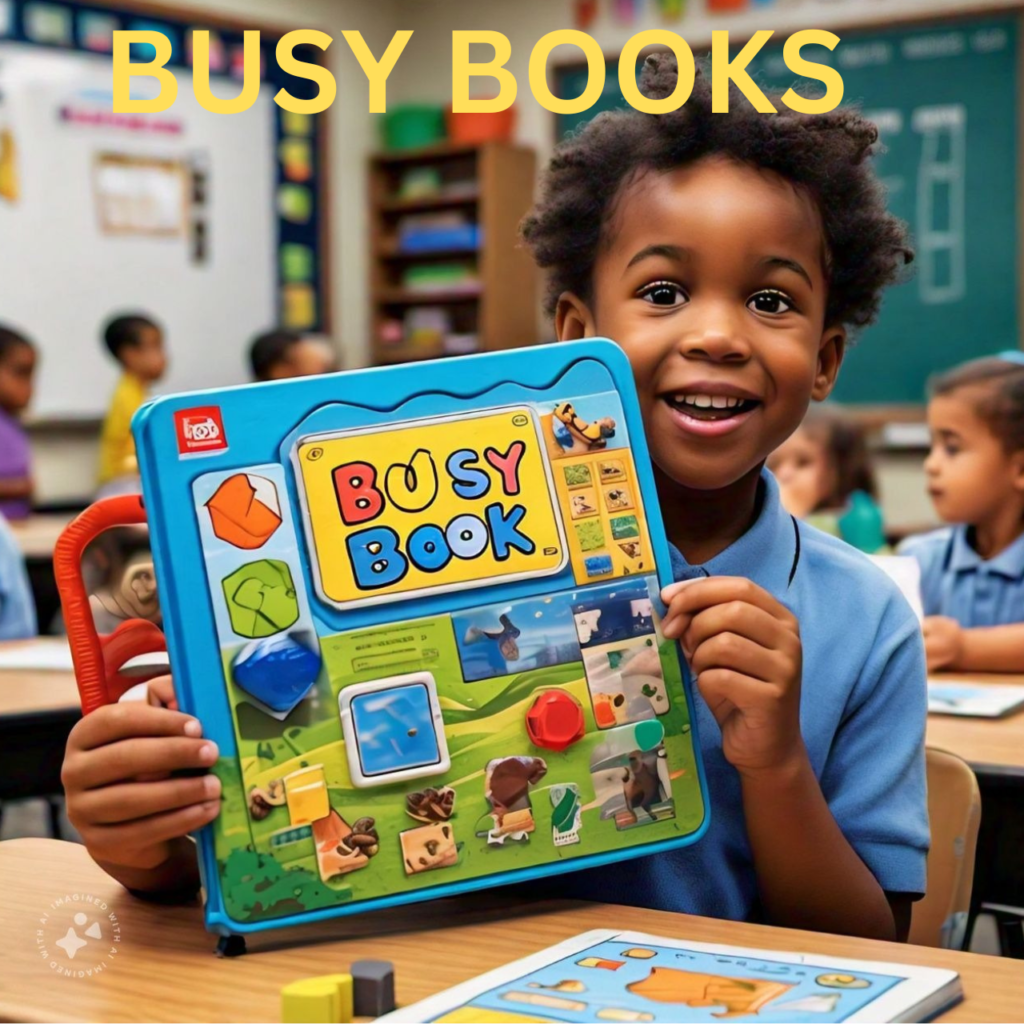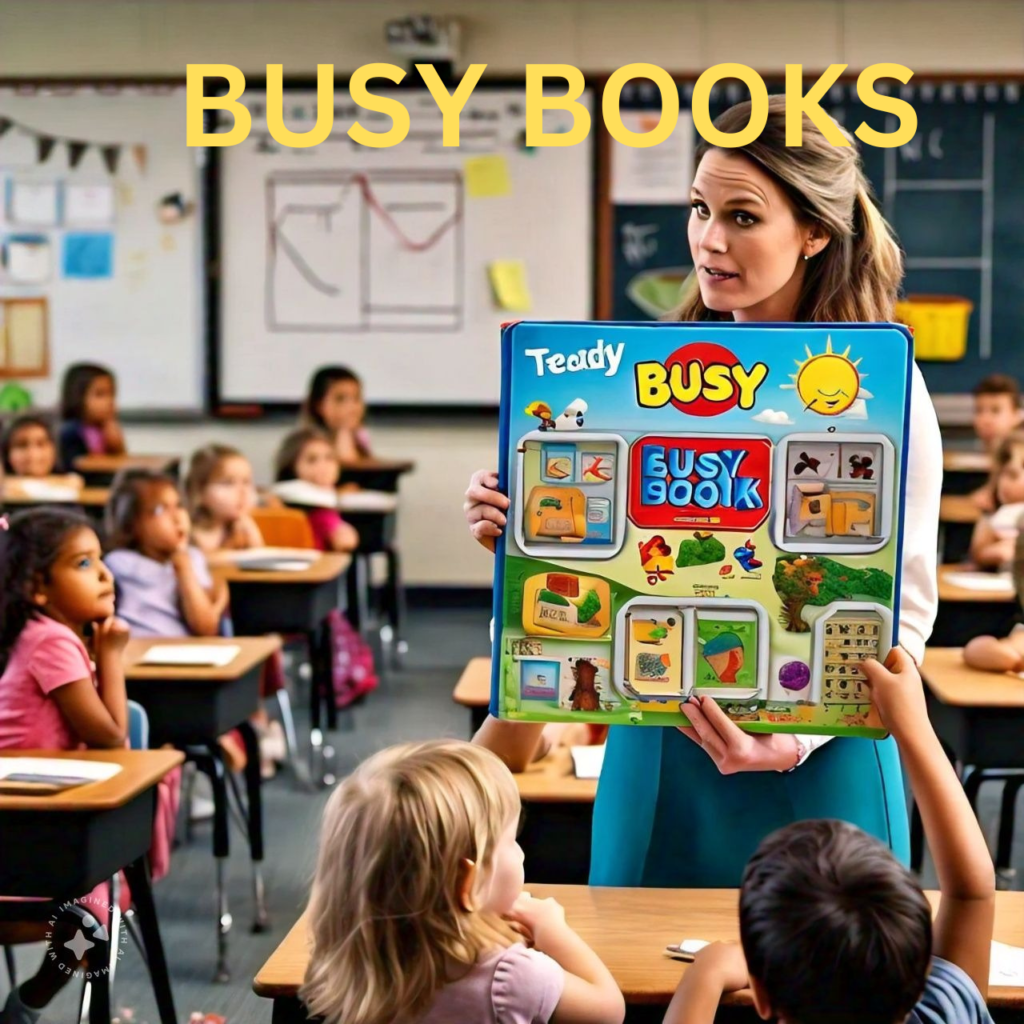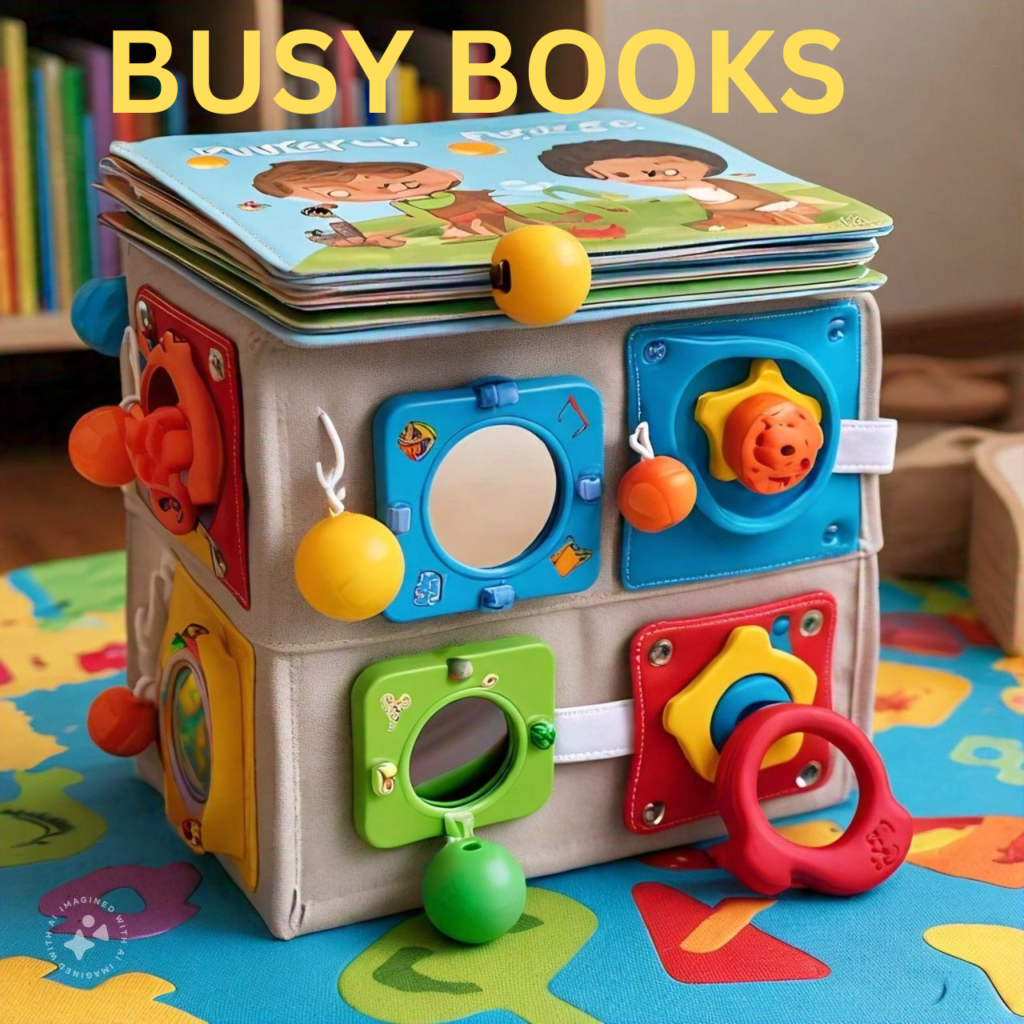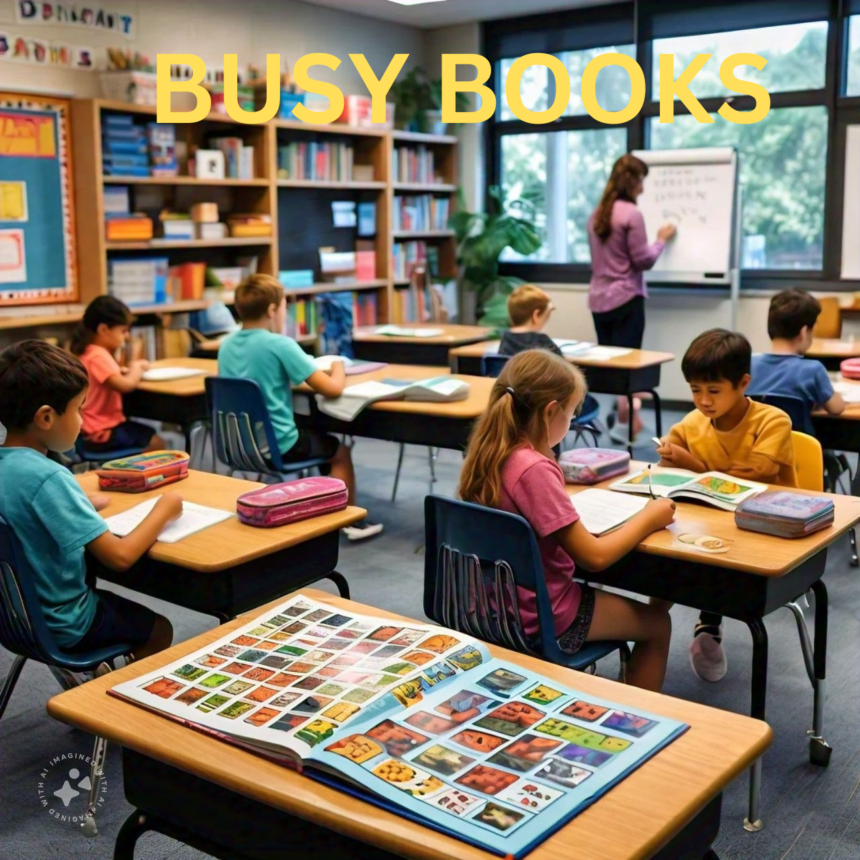In the modern parenting world, finding effective ways to keep young children engaged while fostering their development is a top priority. Enter busy books business—handcrafted or commercially available activity books designed to capture a child’s attention and enhance their learning. But are these popular products truly valuable educational tools, or are they just another waste of money? This article will explore the pros and cons of busy books, helping you decide whether they’re worth the investment for your child in 2024.

What Are Busy Books?
This is also known as quiet books or activity books, are interactive books designed for toddlers and preschoolers. They typically contain a variety of activities that engage different skills, such as fine motor skills, cognitive development, problem-solving, and sensory exploration. Activities range from buttoning and zipping to matching shapes and colors, counting, and storytelling.
The Benefits of Busy Books
1. Encourages Fine Motor Skills Development
There are excellent tools for developing fine motor skills. Activities like fastening buttons, tying shoelaces, and zipping zippers help children practice using their hands in a controlled manner. These skills are essential for everyday tasks like dressing, eating, and writing.
2. Promotes Independent Learning
One of the standout advantages of busy books is that they encourage independent play. With each page offering a different activity, children can explore and learn at their own pace. This independence not only builds confidence but also fosters a love for learning and discovery.
3. Enhances Cognitive and Problem-Solving Skills
They are designed with activities that challenge a child’s cognitive abilities. Matching games, puzzles, and sequencing tasks require critical thinking and problem-solving, which are crucial for cognitive development. These activities help improve a child’s memory, attention span, and logical thinking skills.
4. Portable and Convenient
They are incredibly portable, making them perfect for on-the-go learning. They are ideal for car rides, doctor’s appointments, or any time you need to keep your child entertained without resorting to screens. This convenience is a major plus for parents looking to reduce screen time and encourage hands-on learning.
5. Customizable and Personalizable
Another significant benefit it is their versatility. Many parents and educators opt to create their own, customizing the content to suit the child’s interests and developmental stage. This customization ensures that the activities remain relevant and engaging, providing a tailored learning experience.

The Downsides of Busy Books
1. High Cost for Quality Products
While busy books can be incredibly beneficial, they are not always budget-friendly. High-quality, handcrafted busy books can be expensive, with prices ranging from $30 to over $100. For some parents, this investment may not seem justifiable, especially if the child loses interest quickly.
2. Potential for Limited Engagement
Not all children are captivated by busy books. Some might find the activities too repetitive or not challenging enough, leading to boredom. Parents may find themselves having spent a significant amount of money on a product that doesn’t hold their child’s interest for long.
3. Requires Supervision for Younger Kids
While busy books are designed to promote independent play, younger toddlers may still require supervision to ensure they don’t mishandle small parts or use the book improperly. This requirement can negate some of the convenience busy books are supposed to offer.
4. Durability Issues
Busy books, especially handmade or less expensive versions, may not always withstand the rigors of daily use by toddlers. Buttons may come loose, zippers can break, and pages might tear, resulting in additional repair costs or the need for replacement.
5. Not a Substitute for Active Play or Social Interaction
While they are great for quiet time, they are not a substitute for active play or social interaction, which are also vital for a child’s development. Parents need to balance their child’s activities to ensure they receive a well-rounded mix of physical, social, and cognitive stimulation.
Are Busy Books Worth the Investment in 2024?
The value of its largely depends on the child and the parent’s expectations. For some, they buys books are an excellent investment, offering countless hours of engaging, educational play. They are especially useful for parents seeking to reduce screen time or for those who need portable, non-digital entertainment options.
However, busy books are not a one-size-fits-all solution. Their effectiveness can vary based on the child’s interests, developmental stage, and engagement level. Additionally, the high cost of quality busy books can be a deterrent for some parents, especially if the child does not show sustained interest in the activities.

How to Make Busy Books Work for You
If you decide to invest in a busy book, here are a few tips to maximize its value:
1. Choose the Right Book for Your Child’s Age and Interests
Select a busy book that aligns with your child’s developmental stage and interests. Books designed for older toddlers and preschoolers should have more complex activities, while those for younger toddlers should focus on simpler tasks.
2. Rotate the Activities to Maintain Interest
To prevent boredom, consider rotating the activities or adding new pages to the book periodically. This strategy can keep the book feeling fresh and engaging for your child.
3. DIY Busy Books
If you’re creatively inclined, consider making your own this. This approach allows you to customize the activities to your child’s specific needs and preferences, often at a fraction of the cost of a commercially available book.
4. Incorporate Busy Books into a Balanced Routine
Use this part of a balanced routine that includes active play, social interaction, and other forms of learning. This balance ensures that your child receives a comprehensive range of developmental benefits.
Conclusion
Busy books can be a valuable tool in a parent’s arsenal, offering educational benefits, fostering independence, and providing portable entertainment. However, they are not without their drawbacks, including cost, potential durability issues, and limited engagement for some children. Ultimately, whether a busy book is a worthwhile investment in 2024 depends on your child’s unique needs and interests and your willingness to adapt the book’s use to suit their developmental journey.
